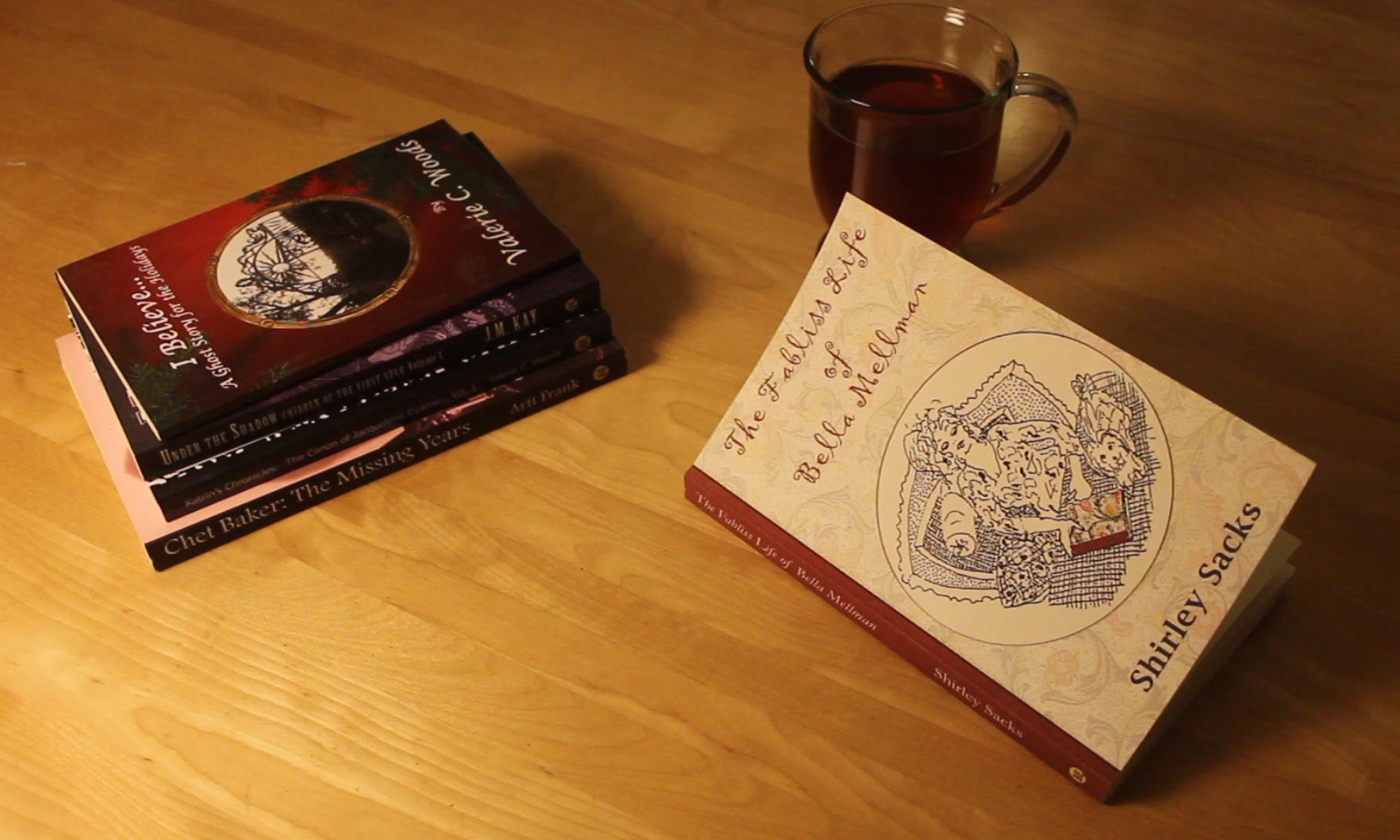Guest Blog by DeeAnn Veeder
At a “Writing for Social Justice Workshop,” I met Eden-Renee Hayes, Board Chair for Multicultural BRIDGE, an organization whose mission is to “promote mutual understanding and acceptance among diverse groups.” When I expressed my goal of writing about white privilege in a way that white people will truly understand, she arranged for me to meet Multicultural BRIDGE Co-Founder and CEO Gwendolyn Hampton Vansant.
Gwendolyn is a “diversity leader and trainer, bilingual certified interpreter, and community activist/organizer, [who] designs curriculum for workplace language classes as well as highly customizable cultural competency, literacy and proficiency training.”
And so, on a sun-dappled spring day that felt buoyant with promise, I almost skipped down the sidewalks of the handsome village of Lee, Massachusetts, and into the Multicultural BRIDGE offices.
I happened to arrive on the very day Gwendolyn received the proofs of her anthology, Berkshire Mosaic: A Multicultural BRIDGE Living History. The story of how the book came into being is a perfect example of how the tenacity of an independent voice can be a force to create change.
In 2012, Gwendolyn had the goal “of portraying a gentle, inviting, celebratory yet powerful form of social justice.” She partnered with the local newspaper and found nine diverse writers to collect and write the stories of people in their community.
“The premise of our anthology,” says Gwendolyn, “supported by psychological research, is that stories are authentic human experiences and timeless links. Stories can connect us to ourselves and to a larger sense of belonging, history and existence.” The stories were first published in the BRIDGE blog and in the newspaper.
Gwendolyn then created a compilation of the profiles into book form. It introduces us to people who live in Berkshire County; from youth to the elderly to the disabled, new residents to veterans, Polish, Italian, Indian, Jewish, Irish, Latino, and African Americans, rabbis and reverends and Muslims, professors, anthropologists and police chiefs. There are 64 profiles in the volume. “My dream,” says Gwendolyn, “is for our Berkshire community to be a model for other communities, honoring that we each have a story to be told and we each have a place to claim.”
An ingenious element of the book’s story is that Gwendolyn envisioned the full-color, hardcover anthology as an innovative fundraising tool for Multicultural BRIDGE, which is a 501(c)3 non-profit. Children’s book author, Nik Davies, who is also BRIDGE Board Treasurer, stepped up to be the book’s Editor-in-Chief.
At my initial meeting with Gwendolyn on that spring day of promise, learning the story of this book and seeing the fresh proofs, I was immediately enthralled – with Gwendolyn and the book – and very excited. When Gwendolyn said she needed a proofreader/editor, I almost jumped with joy, “I can do that! I can do it!” As an editor and marketing associate with BooksEndependent LLC, I respected and admired the spirit of Gwendolyn’s publishing endeavor. I really wanted to be a part of her magnificent social justice work and this beautiful book. I am immensely honored that she let me.
The completely independent, self-published Berkshire Mosaic was launched in June 2015 and has already raised over $6000 for Multicultural BRIDGE. This is a comprehensively inclusive creation, and it creates a shared humanity that is powerful.
Gwendolyn is a brave fusion of quiet intelligence, hard work, resilience, compassion and creativity, all perfectly mixed with a strong streak of stubborn independence.
BooksEndependent applauds the indie spirit and voice of Gwendolyn Hampton VanSant.

